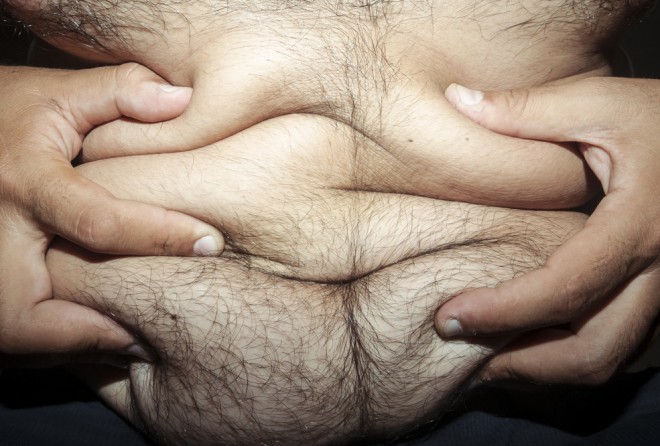Jordan is becoming a heavyweight on the global stage, but this is nothing to puff up about. The kingdom is among the world’s worst countries for obesity according to Oxfam’s World Food Index 2013, with 33% of standing Jordanians unable to see their feet. Over 14% of the population is also diabetic.
Nearly 18% of Saudis suffer from that disease. Saudi also lumbered away with the trophy for “worst in the unhealthy eating index”, perfectly understandable for a nation whose fast food market is expected to reach $4.5 billion in gross sales by 2015, driven by growing demand from its young, western-influenced population, and higher disposable incomes.
The just-released report named Kuwait as the hub of chub, with 42% of its people obese. Saudi Arabia came in second, tied with America and Egypt, where almost one in every three citizens is obese.
Nations were ranked on the availability, quality and affordability of food and dietary health. The percentage of underweight children, diabetes incidence, food diversity and access to clean water also weighed into the scores.
European countries emerged as top performers with African nations predominant in the bottom thirty. Yemen (ranked 121 of 125) has one of the worst nutrition rates and the most underweight children.
Oxfam figures show 840 million people go hungry every day, partly due to the way food is produced and distributed. They blame food shortages on prohibitive trading agreements and underinvestment in infrastructure in developing nations. Biofuel targets that divert crops from food markets and the impact of climate change also have significant impact; research suggests that climate change could raise the number of people at risk of hunger by 20% to 50% by 2050.
Oxfam compiled the data between October and December 2013 using information from the World Health Organization, the Food and Agriculture Foundation, and the International Labour Organization to provide a snapshot of the relative differences in 125 countries.
“Over-consumption, misuse of resources and waste are common elements of a system that leaves hundreds of millions without enough to eat,” the organization said in a statement posted on its website.
Top-ranked Netherlands was said to have “the most plentiful, nutritious, healthy and affordable diet, beating France and Switzerland into second place”. Chad is last place, behind Ethiopia and Angola.
Globally, obesity is deadlier than hunger. Chew on that.
Image of large belly from Shutterstock



